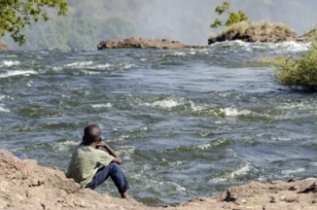
Life in rural Zambia is very traditional. Where there are rivers, men will go fishing in their dug-out canoes, children herd cattle and women pound home grown maize (with their children wrapped in chitenge on their backs) to make Nshima, a traditional Zambian dish usually served with fish or meat and vegetables or sour milk and beans depending on the location. Poorer families will eat the Nshima on its own if they can't afford meat or fish. 'Cottage' industries include making wooden carvings, baskets, stools, mats and metal craft.
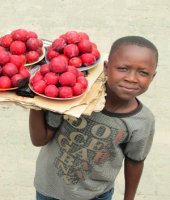 Education is considered important, with high rates of literacy, and, unlike so many other countries, there is little gender gap. Unfortunately there is an ongoing issue with a shortage of teachers so many children end their education without a firm grasp of key skills, although the situation has improved following the abolition of tuition fees. Education itself is divided into two parts basic education (years 1 to 9), and upper secondary (years 10 to 12) however a great many children drop out after year 7 as the free tuition then stops. The HDI (Human Development Index) is measured by the UNESCO Institute for Statistics (UIS) and the World Bank and is based upon the life expectancy, literacy, access to knowledge and living standards of a country, and ranks Zambia in 153rd place out of 191 countries and territories in 2021. That is above neighbouring Zimbabwe in 159th place, but below Angola in 150th place but well above its other neighbours Malawi (172nd) and Mozambique in 183rd out of 191. Education is considered important, with high rates of literacy, and, unlike so many other countries, there is little gender gap. Unfortunately there is an ongoing issue with a shortage of teachers so many children end their education without a firm grasp of key skills, although the situation has improved following the abolition of tuition fees. Education itself is divided into two parts basic education (years 1 to 9), and upper secondary (years 10 to 12) however a great many children drop out after year 7 as the free tuition then stops. The HDI (Human Development Index) is measured by the UNESCO Institute for Statistics (UIS) and the World Bank and is based upon the life expectancy, literacy, access to knowledge and living standards of a country, and ranks Zambia in 153rd place out of 191 countries and territories in 2021. That is above neighbouring Zimbabwe in 159th place, but below Angola in 150th place but well above its other neighbours Malawi (172nd) and Mozambique in 183rd out of 191.
The video (left) although now a few years old, still shows the essence of village life in Zambia today.
|


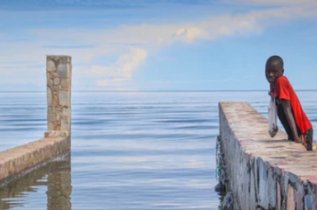
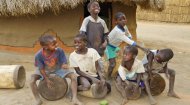

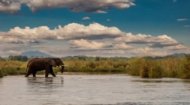

 Education is considered important, with high rates of literacy, and, unlike so many other countries, there is little gender gap. Unfortunately there is an ongoing issue with a shortage of teachers so many children end their education without a firm grasp of key skills, although the situation has improved following the abolition of tuition fees. Education itself is divided into two parts basic education (years 1 to 9), and upper secondary (years 10 to 12) however a great many children drop out after year 7 as the free tuition then stops. The HDI (Human Development Index) is measured by the UNESCO Institute for Statistics (UIS) and the World Bank and is based upon the life expectancy, literacy, access to knowledge and living standards of a country, and ranks Zambia in 153rd place out of 191 countries and territories in 2021. That is above neighbouring Zimbabwe in 159th place, but below Angola in 150th place but well above its other neighbours Malawi (172nd) and Mozambique in 183rd out of 191.
Education is considered important, with high rates of literacy, and, unlike so many other countries, there is little gender gap. Unfortunately there is an ongoing issue with a shortage of teachers so many children end their education without a firm grasp of key skills, although the situation has improved following the abolition of tuition fees. Education itself is divided into two parts basic education (years 1 to 9), and upper secondary (years 10 to 12) however a great many children drop out after year 7 as the free tuition then stops. The HDI (Human Development Index) is measured by the UNESCO Institute for Statistics (UIS) and the World Bank and is based upon the life expectancy, literacy, access to knowledge and living standards of a country, and ranks Zambia in 153rd place out of 191 countries and territories in 2021. That is above neighbouring Zimbabwe in 159th place, but below Angola in 150th place but well above its other neighbours Malawi (172nd) and Mozambique in 183rd out of 191.


